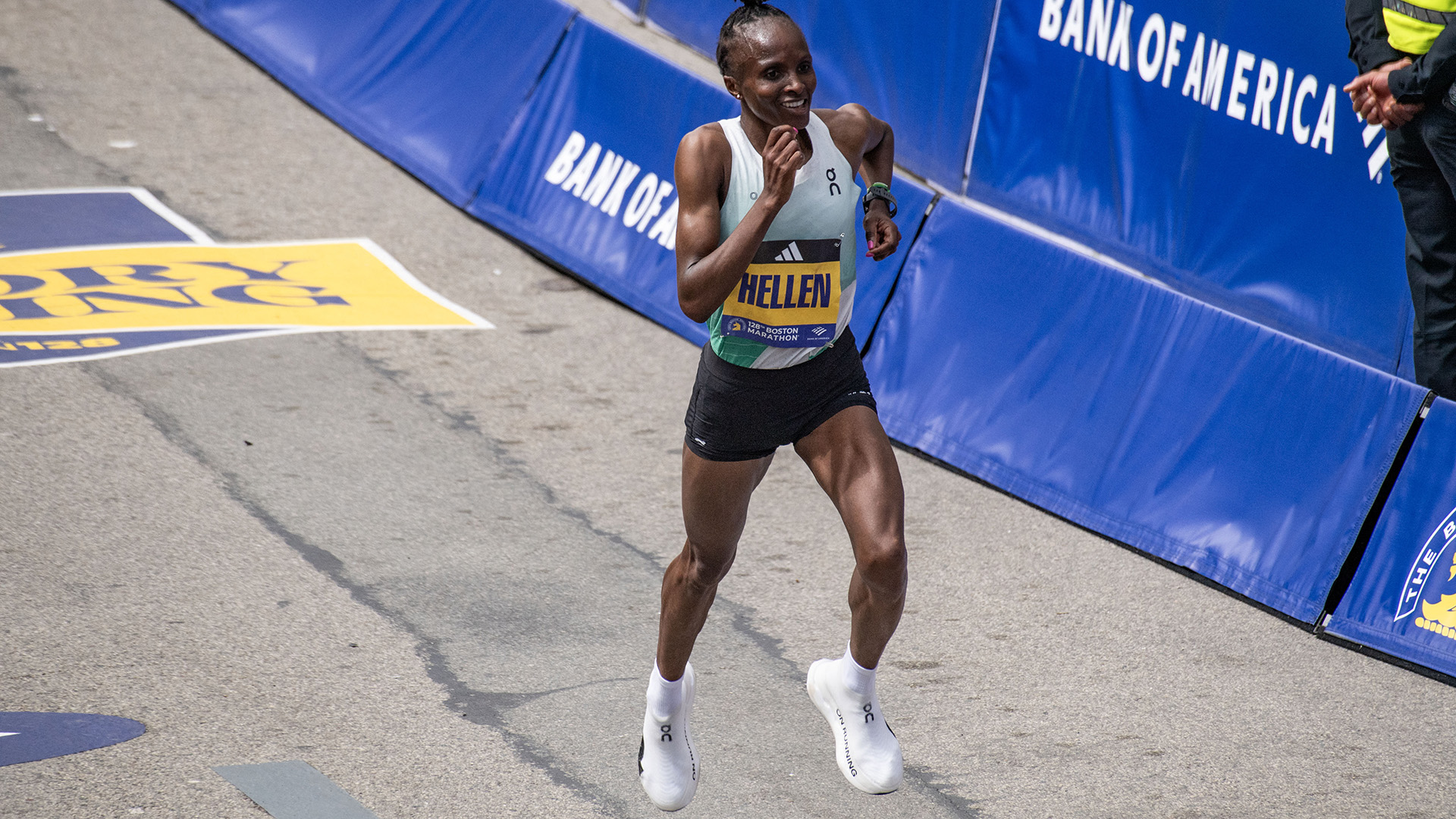
The running shoe market is a hotbed of continuous innovation, with new trainers hitting the shelves almost daily from major players like Nike, Adidas, New Balance, Hoka, and more.
Of all the different types of running trainers, super shoes probably enjoy the most attention, thanks to the combination of wild looks, insane speeds and the pure innovation that goes into designing them.
That said, it might feel like super shoes, such as the Nike Alphafly 2 and Adidas Adios Pro 3, are running out of juice. Sure, they are getting faster, and more brands are coming out with their own versions, but overall, there seems to be a slowdown in this area.
It's not necessarily the fault of manufacturers, though. A few years ago, at the height of the popularity of the Nike Vaporfly NEXT%, the international governing body, World Athletics, banned super shoes to stop companies from going bananas with their designs.
At the time, there was much chit-chat about 'mechanical doping', with many saying super shoes provided an unfair advantage to their wearers. This might have been true immediately after the launch of the Vapofly, but since then, the playing field has evened out significantly.
Super shoes are no longer a niche product. They have become a staple in the running community, used by both everyday runners and elite athletes. You'll spot them in mass participation races like the London Marathon, a testament to their popularity and effectiveness.
Maybe because of this saturation, super shoes don't feel that special anymore – they are the bare minimum, so to speak, if you want to get a new PB. If you want to run a half marathon or a marathon and haven't got any issues with your gait, you're best off getting one.
Even though most performance footwear companies periodically re-release their own super shoe variations, the updates are never radical and only help them gain the competitive edge for a few months, tops.

After a couple of years of samey-samey super shoes, the last 12 months felt more exciting again.
The Adidas Adizero Adios Pro Evo 1 was an interesting take on the concept, weighing only 138g, making it the lightest-ever innovation-packed racing shoe. Sadly, the shoes can only be used once and are rarely available, which isn't great for the customers or the environment.
Another interesting model is the Hoka Cielo X1, which came out of nowhere and is already gathering much attention in running circles. Featuring some crazy midsole geometry, the Cielo X1 both feels comfortable and goes hard.
A more recent example of exciting super shoe innovation is On's yet-to-be-released racer, worn by Boston Marathon winner Hellen Obiri (see photo above). Not much is known about the shoes, but they look peculiar enough to excite running shoe geeks such as me.
The high-cut, laceless racers look more like crampon-ready hiking boots than running shoes. Yet, based on Obiri's performance, they can go pretty fast.
I wonder how one will be able to get in and out of the shoes; that said, the Alphaflys are notoriously hard to put on and take off, so I doubt the lack of laces will stop people from getting the shoes.
The forefoot platform looks wide, and so does the stack height. The latter is a standard super shoe feature, but the former might be something new. Most racing shoes have a tapered toe box; should On's new shoe be effective, it might usher in a new era of super shoe design.
As we gear up for the Paris Olympics, all eyes are on the big brands to see if they've got any aces up their sleeves. Will they pull out all the stops to claim gold in the shoe game? I'll be watching closely – after all, there's nothing like a good shoe saga to keep us on our toes.







